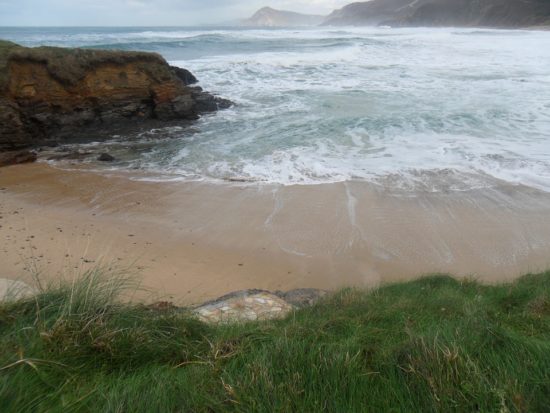Can the legacy of industrial pollution influence antimicrobial resistance in estuarine sediments?
Antimicrobial resistance (AMR) represents a major global health threat, as well as a major hazard to sustainable economic development and national security. It remains, therefore, vital that current research aligns to policy development and implementation to alleviate a potential crisis. One must consider, for example, whether drivers of antibiotic resistance can be controlled in the future, or have they already accumulated in the past, whether from antibiotics and/or other pollutants? Unfortunately, industrial heritage and its pollution impact on the prevalence of environmental AMR have largely been ignored. Focussing on industrialised estuaries, we demonstrate that anthropogenic pollution inputs in addition to the natural diurnal environmental conditions can sufficiently create stressful conditions to the microbiome and thus promote selective pressures to shift the resistome (i.e., collection of resistance traits in the microbiological community). Unfortunately, the bacteria’s survival mechanisms, via co-selective pressures, can affect their susceptibility to antibiotics. This review highlights the complexity of estuarine environments, using two key contaminant groups (metals/toxic elements and polyaromatic hydrocarbons), through which a variety of possible chemical and biological pollutant stressors can promote the emergence and dissemination of antimicrobial resistance. We find compelling divers to call on more focused research on historically disrupted ecosystems, in propagating AMR in the real world.
Source: SpringerLink
Clean Environment
